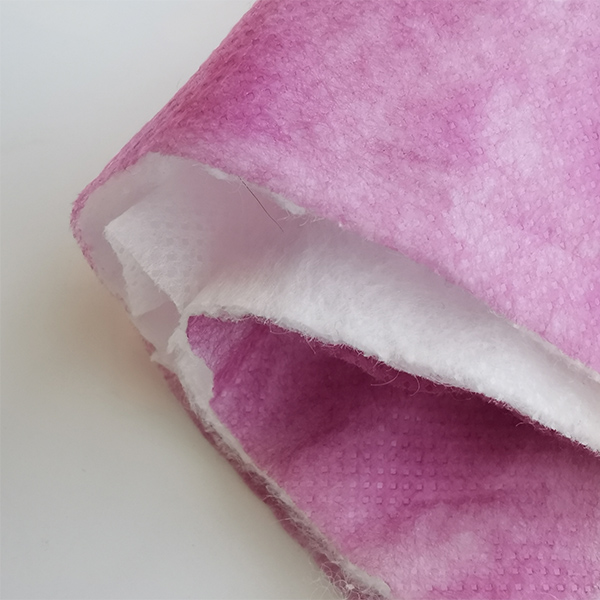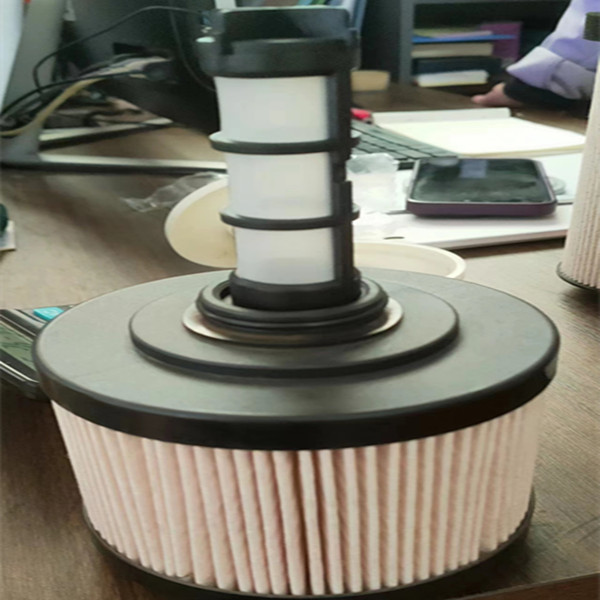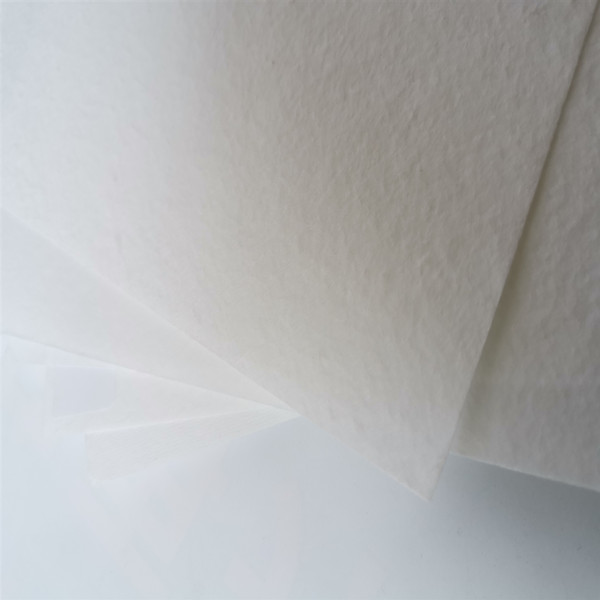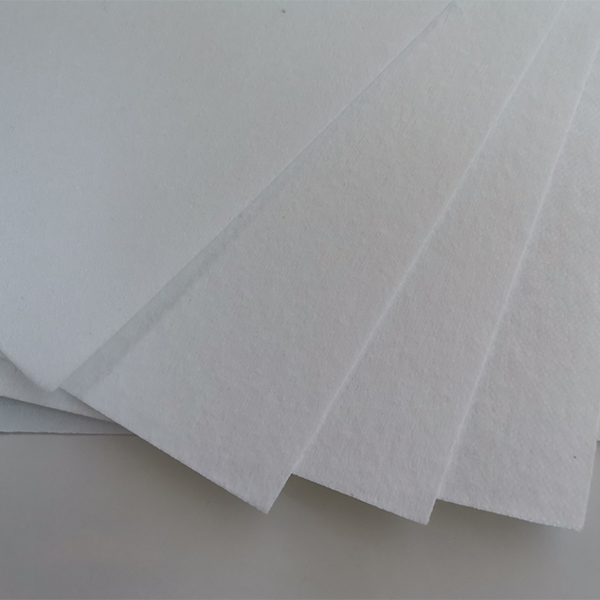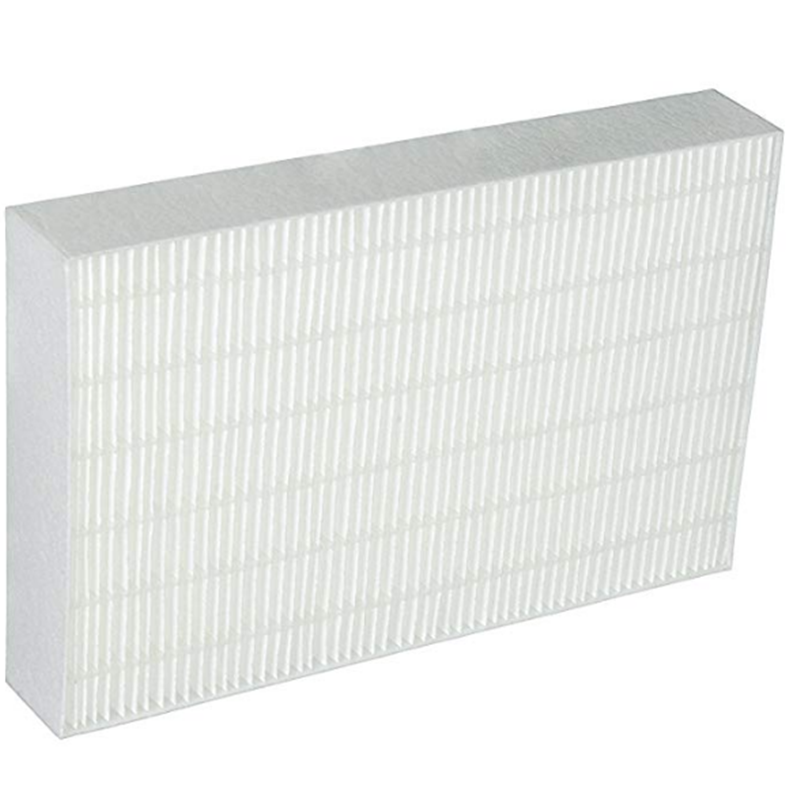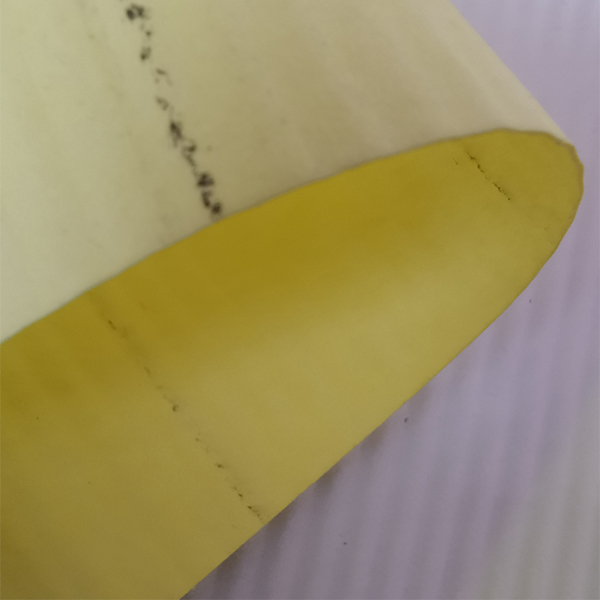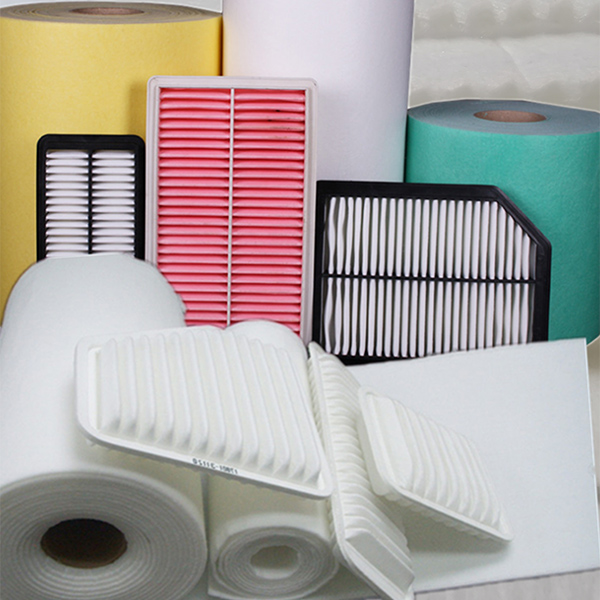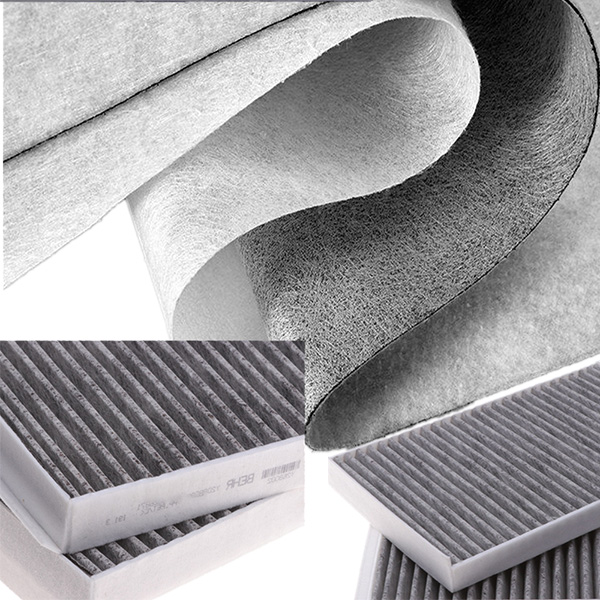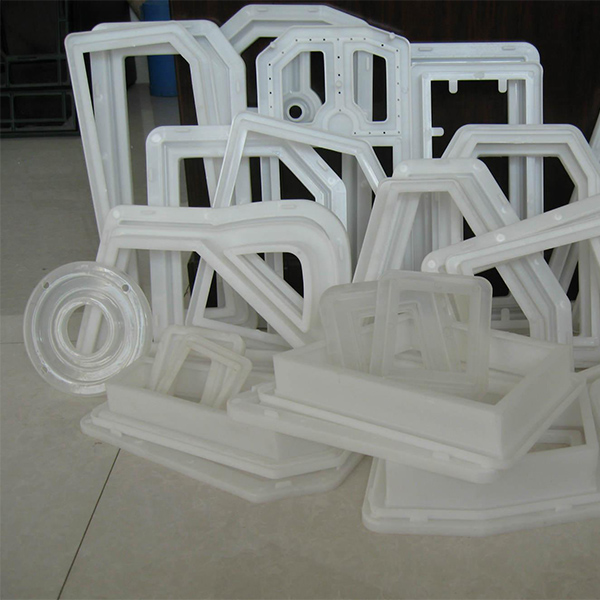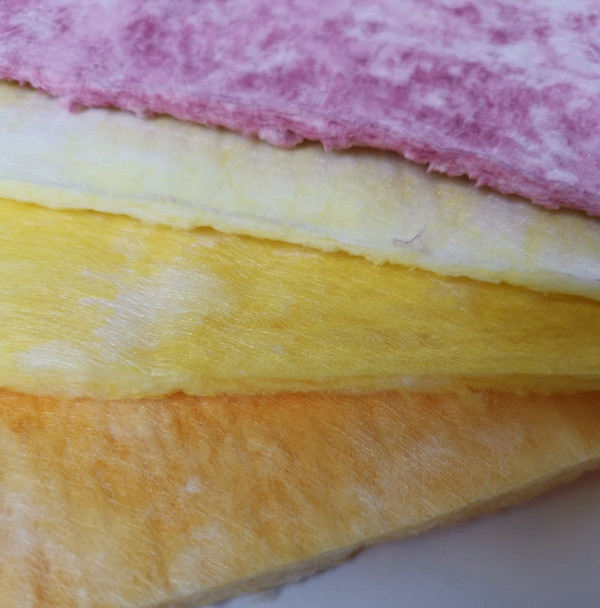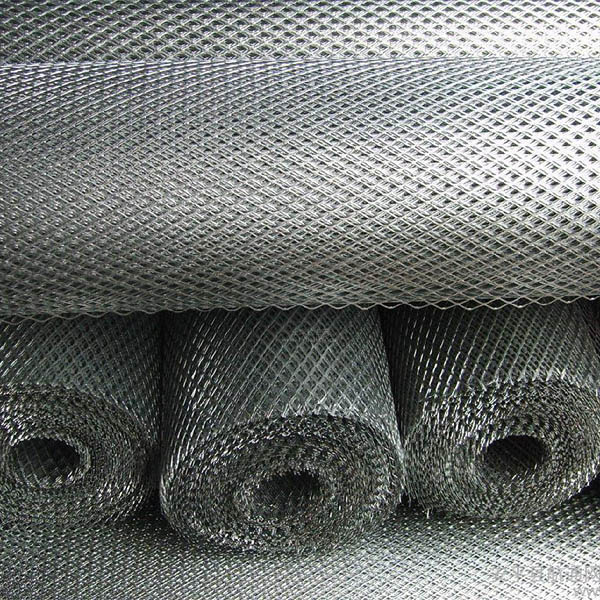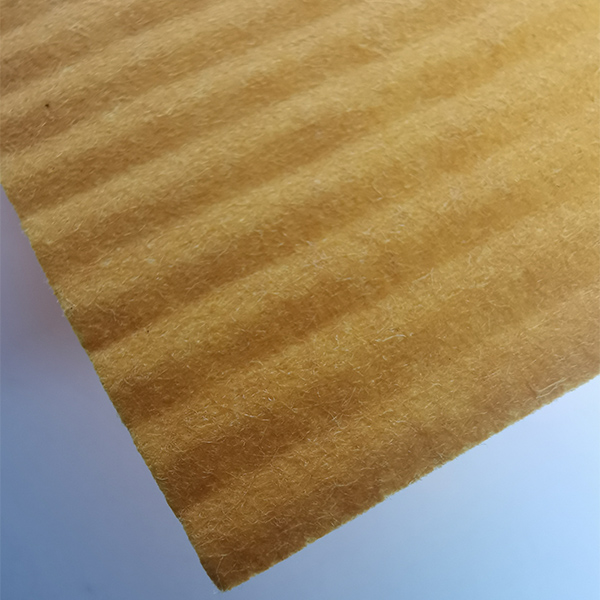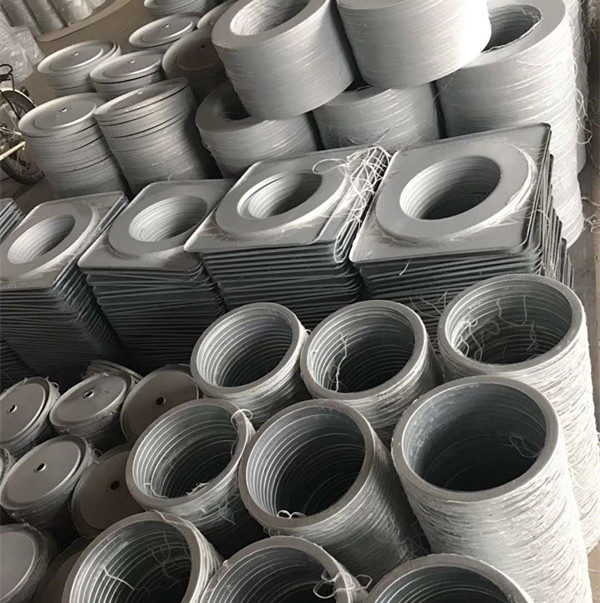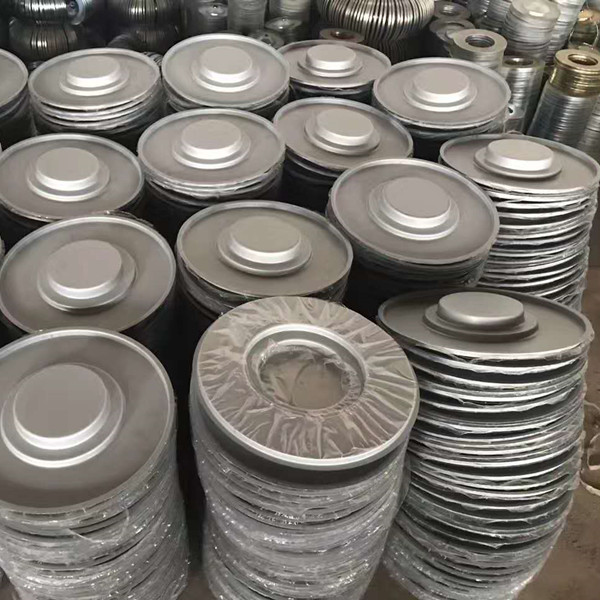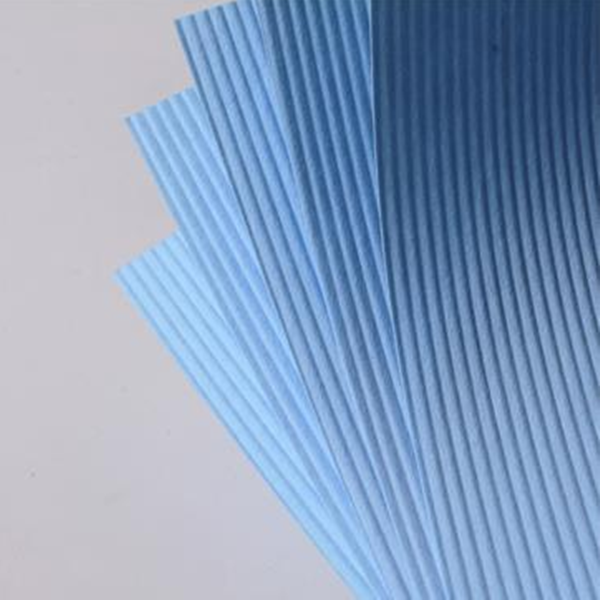The Medium Efficiency F7 Synthetic Air Bag Filter Media is at the core of advancements in air purification—its critical role in commercial, industrial, and high-demand environments is underscored by ever-tightening global air quality standards, like ISO16890 and Eurovent testing protocols. This in-depth guide examines the latest market trends, technical parameters, manufacturing process, competitive benchmarks, and practical deployment of Medium Efficiency F7 Synthetic Air Bag Filter Media.
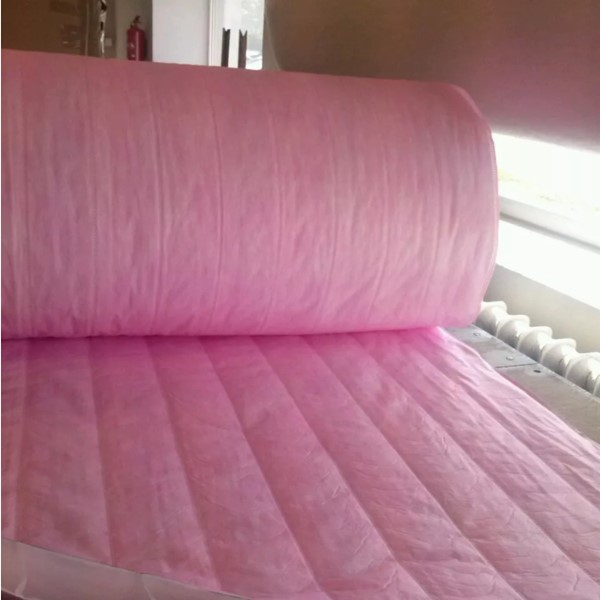
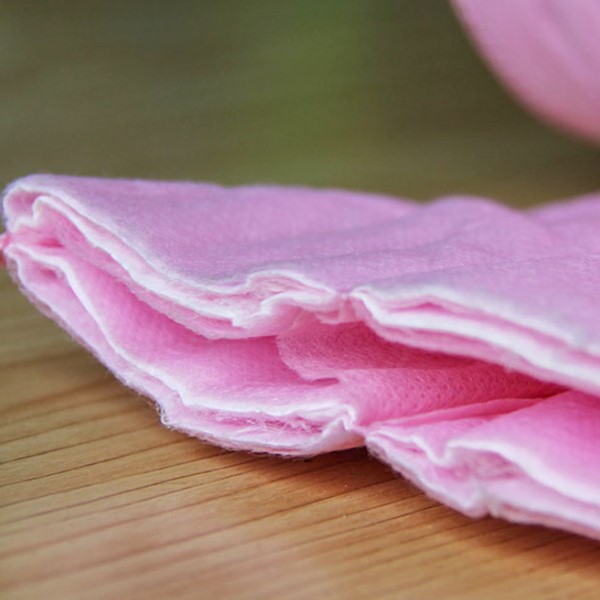
Industry Market Trends & Future Development
- Global Demand Grows: According to MarketsandMarkets (2023), the air filtration market for synthetic F7 media is projected to grow at a CAGR of 7.2% by 2028, attributed to stricter indoor air quality (IAQ) standards in commercial buildings, cleanrooms, and process industries.
- Shift to Synthetic Media: Synthetic fibers, such as melt-blown polypropylene, are rapidly replacing traditional glass fiber due to their lower pressure drop, higher dust holding, and enhanced durability.
- ISO16890 & EN779 Certifications: Demand centers on EN779:2012 F7-class and ISO16890 ePM2.5 (65%-75%) certified filter media for sustainability and compliance.
- Energy Efficiency Focus: OEMs aim for lower initial pressure drop (≤75Pa), extended service intervals (≥12 months), and anti-microbial performance.
Technical Parameters Table: Medium Efficiency F7 Synthetic Air Bag Filter Media
| Parameter | Specification (Typical) | Industry Standard |
|---|---|---|
| Filtration Efficiency (EN779:2012) | F7 (80-90% @ 0.4µm) | EN779 / ISO16890 |
| Particle Removal (ISO16890) | ePM2.5 65%-75% | ISO16890 |
| Initial Pressure Drop | ≤60 Pa @0.5 m/s | EN779 |
| Media Thickness | 4.0 – 7.0 mm | - |
| Dust Holding Capacity | ≥450g/m2 | ISO16890 |
| Temperature Resistance | -10°C to 80°C | OEM |
| Relative Humidity Tolerance | ≤100% | OEM |
| Flame Resistance | F1 (DIN53438) | DIN EN |
Note: Specifications may vary by manufacturer and application; always confirm relevant test reports.
Manufacturing Process Diagram: From Fiber to Filter
High-grade synthetic polymer chips (mainly Polypropylene, PET).
Chips melt-extruded & webbed into fine fibers (~0.5-1.7μm diameter).
Fusion bonding creates progressive density layers: coarse (pre-filter) to fine (microfilter).
Surface smoothening, pore sizing, precision slitting for bag/pocket formats.
- Efficiency Testing (EN779/ISO16890)
- Pressure Drop (Lab Test)
- Flame Retardancy (DIN53438)
● See typical melt-blown synthetic filter media production video
Material & Process Technology
- Material: 100% synthetic fibers (primarily melt-blown polypropylene), without glass fiber—non-toxic, non-irritant, eco-friendly disposal.
- Manufacturing Technologies: Meltblown extrusion, progressive density compositing, thermal bonding, calendaring, CNC precision slitting.
- Durability: Maintains ≥85% filtration efficiency for ≥12 months at continuous operation (see field data below)
- Certifications: Typical F7 filter media is supplied with ISO16890, EN779:2012, DIN53438 flame rating for global acceptance.
- Quality Control: Per-lot lab testing for penetration curve, pressure drop, tensile strength, and wettability (per ISO29463).
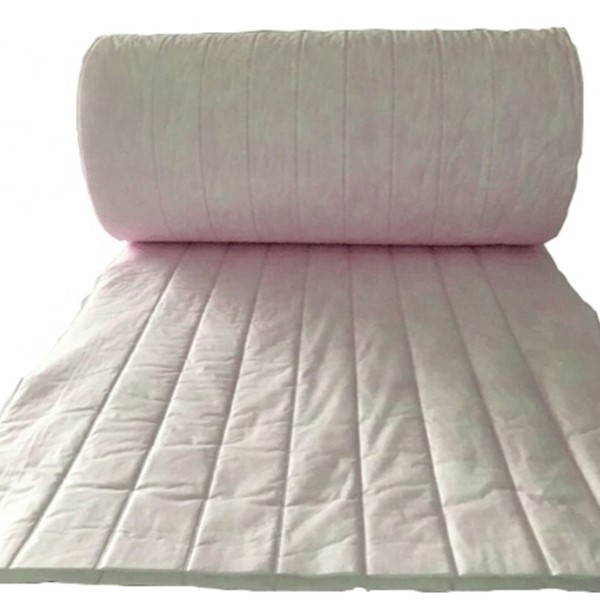
Technical Data Visualization
Industry Comparison: F7 Filter Media vs. Common Alternatives
F7 Synthetic Media achieves higher efficiency and dust holding with a lower initial resistance versus glass fiber and lower class synthetic alternatives.
Service Life Curves: Filtration Efficiency Over Time
- F7 synthetic media (blue line) maintains >80% efficiency after 12 months, outperforming glass fiber (purple, drop below 75%).
- Real-world tested in pharmaceutical air handling unit (AHU), 2023.
Product Specification Table
| Parameter | Unit | F7 Synthetic Air Bag Filter Media |
|---|---|---|
| Basis Weight | g/m² | 240–290 |
| Thickness | mm | 4.2 – 6.8 |
| Mean Particle Efficiency | % @0.4μm | 80-90% |
| Color | - | Green/White/Yellow (customizable) |
| Operating Temp. | °C | -10 ~ 80 |
| Width | mm | Standard: 600, 700, 800, 1000, 1200, 1500,1800 (customizable) |
| Fire Resistance | - | F1 (DIN53438) |
| Humidity Resistance | RH% | ≤100 |
Application Scenarios & Competitive Advantages
Medium Efficiency F7 Synthetic Air Bag Filter Media stands out for critical mid-stage air purification across numerous settings:- Commercial HVAC and Cleanrooms: Essential as bag/pocket filter media in multi-stage air handling, supporting stable delivery of ISO Class 8-9 environments.
- Pharmaceutical / Hospital: Achieves stable ePM2.5 removal, impedes bioaerosols, and facilitates anti-microbial upgrades.
- Food & Electronics: Meets FDA/ISO14644 pre-filtration needs, lowers contamination risk before HEPA filters.
- Industrial / Energy: Resilient to high dust loading in steel, cement, and power facilities, with slow clogging kinetics (see comparison chart).
Main Performance Advantages
- Energy-Saving: Low initial resistance (≤60Pa) reduces HVAC fan energy cost up to 17% vs. glass fiber equivalents.
- Long Service Life: Extended dust holding capacity (≥450g/m²) and stable filtration curve allow 20–30% longer replacement intervals.
- Eco-friendly: No glass microfibers—safe to handle/dispose, and recyclable PP/PET structure.
- High Compliance: Certified to ISO16890, NIOSH guidance, and CDC ESF recommendations for pandemic-response ventilation.
- Customization: Wide specification options (color, basis weight, roll width, anti-microbial finish).
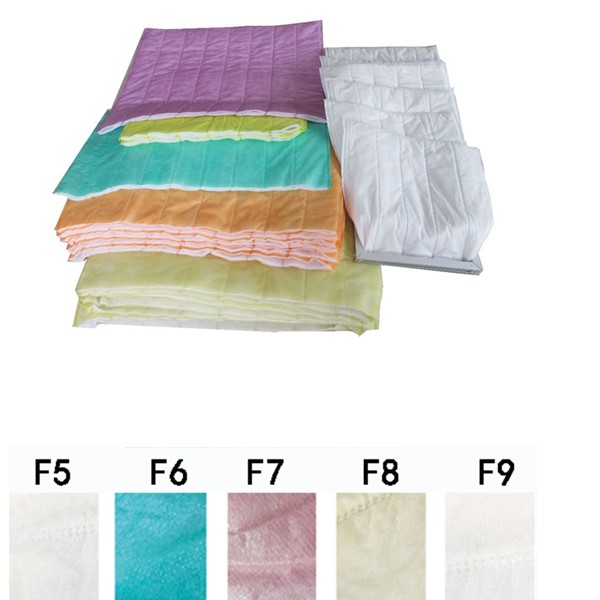
Manufacturer Comparison: Benchmark Table
| Manufacturer | Brand / Product | Efficiency | Dust Holding (g/m²) | EN779 / ISO16890 | Remarks |
|---|---|---|---|---|---|
| ANYA Filter Media | Medium Efficiency F7 Synthetic Air Bag Filter Media | F7 (88%) | ≥510 | Certified | Customized width, color, length, support for ISO/FDA cleanroom |
| Freudenberg Vliesstoffe | Viledon® F7 Pocket Air Media | F7 (85%) | ~495 | Certified | Glass-free, euro-standard |
| Camfil | Hi-Flo® XLT7 Bag Media | F7 (87%) | 480–500 | Certified | Low ΔP, ISO16890 |
| Ahlstrom | F7 Synthetic Pocket Media | F7 (85-88%) | 450–460 | Certified | Custom finishes |
Customized Solutions & Case Studies
Customization Options
- Color coding (white/green/yellow), identification printing
- Anti-microbial or hydrophobic functional layers
- Roll width: 0.6-2.0m, length: 500-6000m
- Punched holes (CNC), ultrasonic edge sealing available
Successful Application Case
- Energy cost reduction ≈14%
- PM2.5 levels inside cleanroom stable at <35μg/m3 (down from 80μg/m3)
- Filter replacement extended by 18 months vs previous glass-fiber bags
- Zero reported micro-fiber shedding (critical for cGMP)
Source: Plant QA documentation, Cleanroom Technology Journal
Customer Feedback
- “Easy to install and handle, with clear end-of-life indication.” — Medical Device OEM
- “Energy usage fell noticeably compared to glass filter media.” — Facility Manager, Electronics Industry
- “High batch-to-batch product consistency.” — Top European AHU Manufacturer
FAQs: Technical Q&A for F7 Synthetic Filter Media
Lead Time & Quality Assurance
- Standard Delivery: 7–15 days for standard rolls; 15–28 days for custom specs/labeled shipments
- Warranty: ≥12 months shelf-life and operation, subject to proper storage and recommended airflows
- Support: Technical hotline, pre/post-sales consultation, on-site filter performance testing with laboratory report
- Authoritative Certifications: ISO9001 (QA), ISO16890/EN779 (media), SGS/Intertek flammability
Conclusion
The Medium Efficiency F7 Synthetic Air Bag Filter Media is the preferred solution in global air filtration projects seeking top-tier partulate control, energy savings, safety, and regulatory compliance. Supplied by industry leaders, its robust testing, customization scope, and field-proven longevity set the standard for next-generation HVAC, pharma, food, and cleanroom environments.

• ASHRAE Journal: Filtration & Increased Ventilation (2023)
• Cleanroom Technology: Air Filter Performance in Pharma
• Filtration+Separation Magazine:Meltblown Filter Media Insights
• Eurovent/ISO Standards: Air Filters, ISO16890 & EN779:2012
Post time: Aug-01-2025

